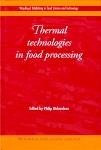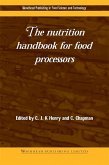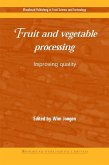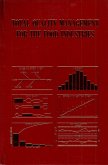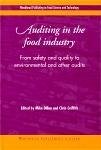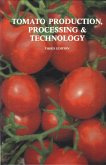Part one examines how best to optimise thermal processes, with chapters addressing safety and quality, efficiency and productivity and the application of computational fluid dynamics. Part two focuses on developments in technologies for sterilisation and pasteurisation with chapters on modelling retort temperature control and developments in packaging, sous-vide and cook-chill processing. There are chapters covering continuous heat processing, including developments in tubular heat exchangers, aseptic processing and ohmic and air impingement heating. The fourth part considers the validation of thermal processes, modelling heat penetration curves, using data loggers and time-temperature integrators and other new measuring techniques. The final group of chapters detail methods of analysing microbial inactivation in thermal processing and identifying and dealing with heat-resistant bacteria.
Improving the thermal processing of foods is a standard reference book for those working in the food processing industry.
- Concisely explores prevailing developments in thermal technologies
- Summarises key research for improving food preservation techniques
- Analyses the effectiveness of methods used to enhance the quality of food
Dieser Download kann aus rechtlichen Gründen nur mit Rechnungsadresse in A, B, BG, CY, CZ, D, DK, EW, E, FIN, F, GR, HR, H, IRL, I, LT, L, LR, M, NL, PL, P, R, S, SLO, SK ausgeliefert werden.



